One area that has garnered considerable attention is the use of medicinal herbs and spices. These potent ingredients offer a wealth of benefits and have been used for centuries in various cultures for their healing and therapeutic properties. In this article, we will explore the potential of medicinal herbs and spices and delve into how businesses can tap into this lucrative market. 1. Understanding the Market Potential: The global market for medicinal herbs and spices is on the rise, driven by a shift towards natural remedies, increased awareness of the potential side effects of pharmaceutical drugs, and a desire for sustainable healthcare options.
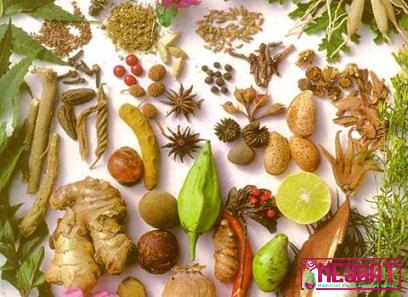
.
 According to a report by Grand View Research, the global herbal medicine market is expected to reach $411.2 billion by 2026, with a compound annual growth rate of 5.88%. 2. Identifying Popular Medicinal Herbs and Spices: To tap into this market, businesses must familiarize themselves with the most popular medicinal herbs and spices. Some well-known examples include turmeric, ginger, garlic, cinnamon, chamomile, peppermint, and ginseng. These ingredients have demonstrated potent anti-inflammatory, antioxidant, antimicrobial, and immune-boosting properties, making them highly sought after by consumers.
According to a report by Grand View Research, the global herbal medicine market is expected to reach $411.2 billion by 2026, with a compound annual growth rate of 5.88%. 2. Identifying Popular Medicinal Herbs and Spices: To tap into this market, businesses must familiarize themselves with the most popular medicinal herbs and spices. Some well-known examples include turmeric, ginger, garlic, cinnamon, chamomile, peppermint, and ginseng. These ingredients have demonstrated potent anti-inflammatory, antioxidant, antimicrobial, and immune-boosting properties, making them highly sought after by consumers.
..
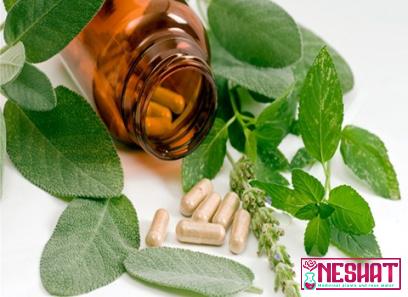 3. Leveraging Research and Science: A key factor in establishing trust and credibility within the medicinal herbs and spices industry is to stay up-to-date with the latest scientific research. By staying informed about the health benefits and potential applications of these natural remedies, businesses can provide evidence-based information to their customers. Collaboration with research institutions and experts in the field can further enhance product development and validation. 4. Building a High-Quality Supply Chain: The quality and purity of medicinal herbs and spices are crucial for their effectiveness and safety. Businesses should ensure that their supply chain follows stringent quality and safety protocols, including sourcing from reputable growers, implementing rigorous testing procedures, and complying with industry regulations. Transparent and ethical sourcing practices are also important to meet the increasing demand for sustainability and fair trade.
3. Leveraging Research and Science: A key factor in establishing trust and credibility within the medicinal herbs and spices industry is to stay up-to-date with the latest scientific research. By staying informed about the health benefits and potential applications of these natural remedies, businesses can provide evidence-based information to their customers. Collaboration with research institutions and experts in the field can further enhance product development and validation. 4. Building a High-Quality Supply Chain: The quality and purity of medicinal herbs and spices are crucial for their effectiveness and safety. Businesses should ensure that their supply chain follows stringent quality and safety protocols, including sourcing from reputable growers, implementing rigorous testing procedures, and complying with industry regulations. Transparent and ethical sourcing practices are also important to meet the increasing demand for sustainability and fair trade.
…
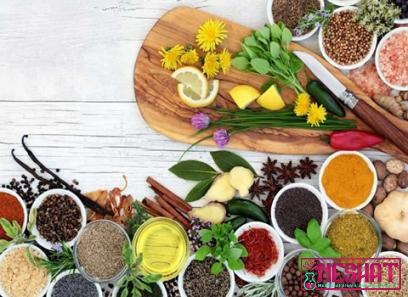 5. Developing Innovative and Convenient Products: To cater to the evolving needs and preferences of consumers, businesses should focus on developing innovative and convenient products. This can include herbal supplements, teas, essential oils, topical applications, and food products infused with medicinal herbs and spices. Offering a range of options allows customers to choose the format that suits their lifestyle and preferences while expanding market reach. 6. Educating and Empowering Consumers: A vital aspect of marketing medicinal herbs and spices is educating consumers about their benefits and safe usage. Businesses can provide informative content through blogs, newsletters, social media, and collaborations with healthcare professionals. Offering clear dosage instructions, potential contraindications, and information about potential side effects ensures that consumers can make informed decisions about their health choices. 7. Collaborating with Experts and Influencers: Partnering with healthcare professionals, naturopaths, herbalists, and influential personalities in the health and wellness industry can significantly boost credibility and visibility. Their expertise and endorsement can inspire consumer confidence and enhance the overall brand reputation. Conclusion: The market for medicinal herbs and spices is experiencing remarkable growth, driven by consumers’ increasing preference for natural remedies and holistic wellness solutions. Businesses that understand the potential of these potent ingredients and invest in research, quality assurance, and customer education will tap into a booming market while contributing to a healthier and more sustainable future.
5. Developing Innovative and Convenient Products: To cater to the evolving needs and preferences of consumers, businesses should focus on developing innovative and convenient products. This can include herbal supplements, teas, essential oils, topical applications, and food products infused with medicinal herbs and spices. Offering a range of options allows customers to choose the format that suits their lifestyle and preferences while expanding market reach. 6. Educating and Empowering Consumers: A vital aspect of marketing medicinal herbs and spices is educating consumers about their benefits and safe usage. Businesses can provide informative content through blogs, newsletters, social media, and collaborations with healthcare professionals. Offering clear dosage instructions, potential contraindications, and information about potential side effects ensures that consumers can make informed decisions about their health choices. 7. Collaborating with Experts and Influencers: Partnering with healthcare professionals, naturopaths, herbalists, and influential personalities in the health and wellness industry can significantly boost credibility and visibility. Their expertise and endorsement can inspire consumer confidence and enhance the overall brand reputation. Conclusion: The market for medicinal herbs and spices is experiencing remarkable growth, driven by consumers’ increasing preference for natural remedies and holistic wellness solutions. Businesses that understand the potential of these potent ingredients and invest in research, quality assurance, and customer education will tap into a booming market while contributing to a healthier and more sustainable future.
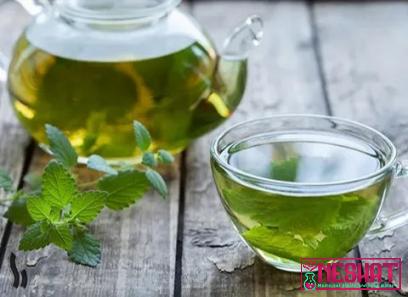
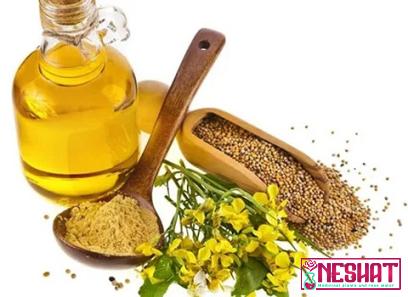
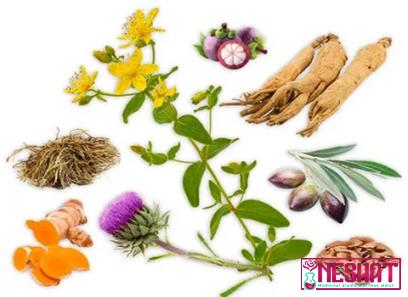

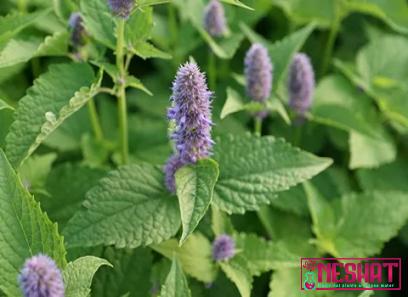
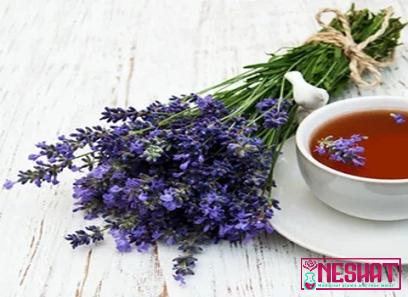


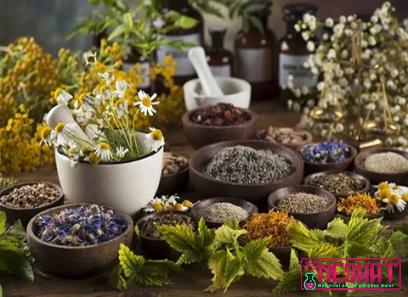
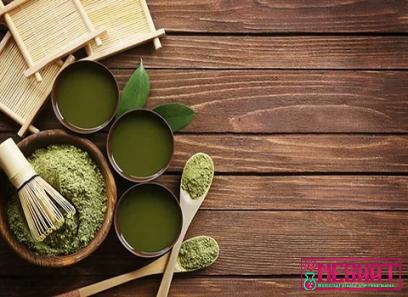
Your comment submitted.